We learn how to choose the needles for a sewing machine correctly, because the quality of the stitch depends on the correct needle.
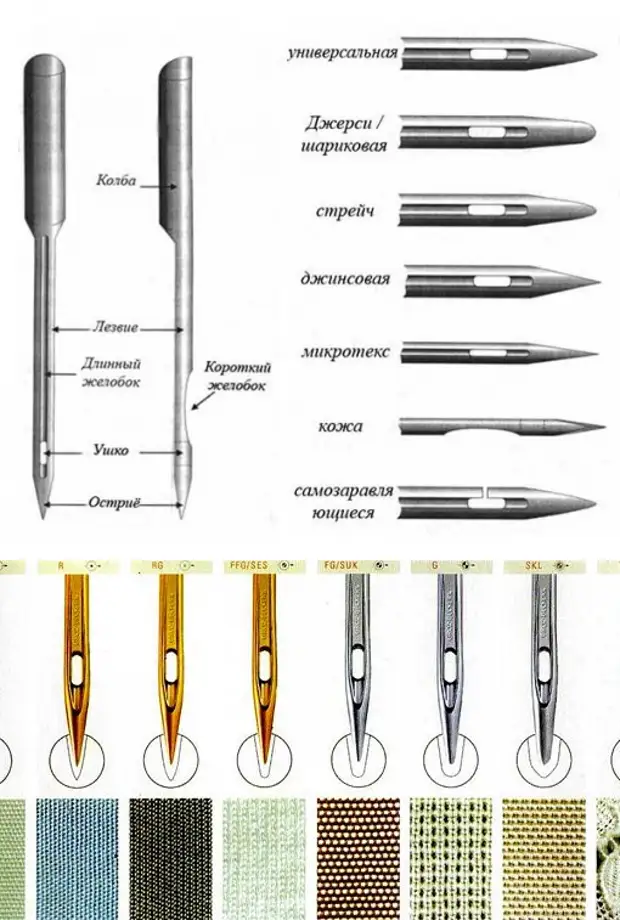
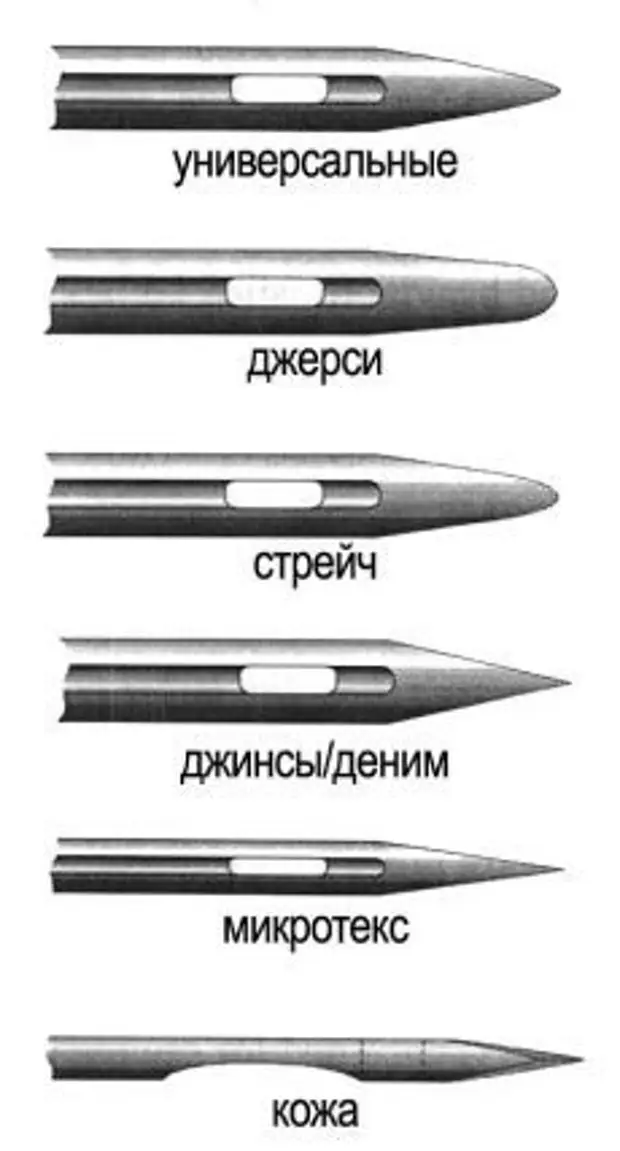
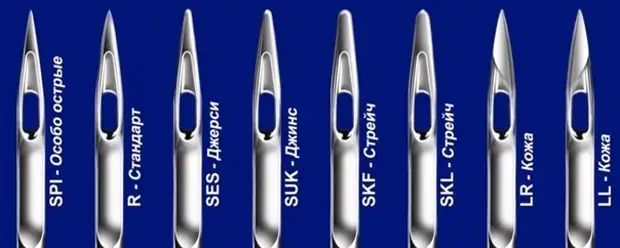
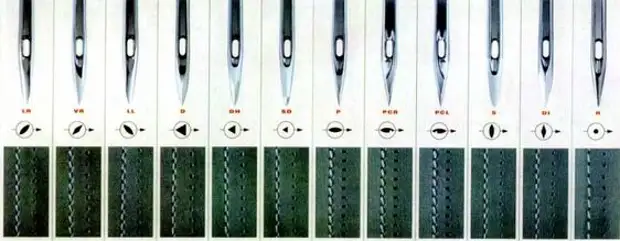
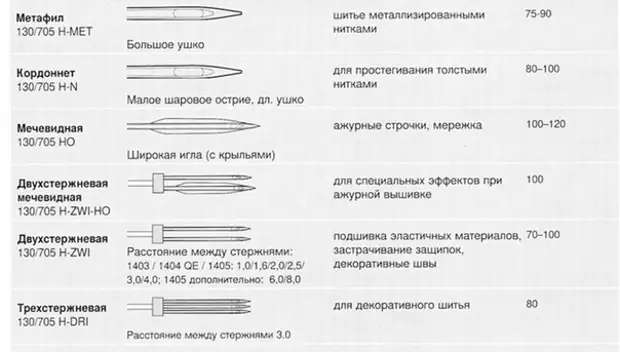
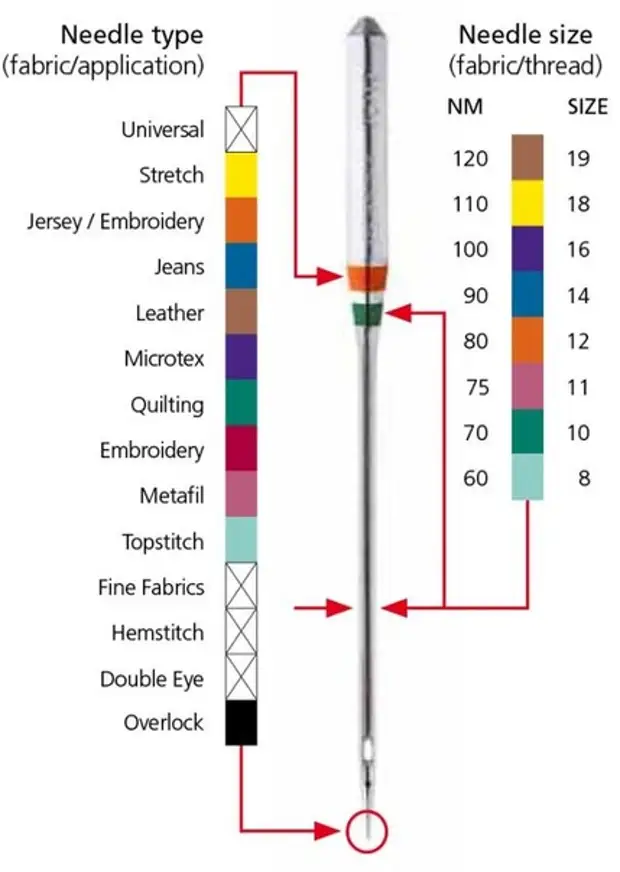
Shell life
The needles are quickly wearing consumables, so do not save on them, since a poor-quality needle or its inconsistency can lead to a cliff of the thread, the formation of skips. In the end, a worn or bent needle can simply break, and its fragments get into the hole of the needle plate and block the shuttle device.Before installing the needle, check if it is not jar and roughness on it. To do this, write it a thin material, for example, the Capron. If the needle hangs on the tip or forms a tightening, it should be replaced.
As a rule, the needle needs to be changed after eating every large product. This is especially true of projects with large volumes of embroidery or stitches, as a large number of stitches, that is, punctures that makes a needle, it flashes it faster. To increase the service life and improving the quality of sewing the needle can be chrome-plated, have titanium sputtering or to fully consist of titanium alloy.
Types of needles
All needles for modern household machines belong to the system. 130/705 H. Where:
- 130. - Length of the rod
- 705. - Availability of lying on the flask
- H. - Recessing eye needle
System needles can be used on household overlockers. EL × 705..
Eagle thickness
Further, in the system of the designation, there are discrepancies, since the needles are different in thickness and by type of the isle. The needle thickness depends both from the selected threads and from the treated tissue. The density and type of fabric determine the thickness of the threads and needles, as well as the form of the island.Threads themselves also affect the choice of needle. So, for thick threads, they choose the needle thoroughly, so that the thread is free to fit into the groove along the rod and did not disappear when sewing. The composition of the threads should be taken into account. For metallized and easily fatty or brittle threads, need a needle with an elongated eye.
There are two needle thickness symbols.:
- European - from 55 to 130, the thickness is measured in hundredths of the millimeter. For example, needle thickness number 60 - 0.6 mm, No. 100 - 1 mm
- American - from 6 to 21.
Manufacturers often indicate the number on both systems.
On double and triple needles, in addition to thickness, the distance between the rods in millimeters also indicate.
Special needles
Among other things, there are a number of special-purpose needles or having design features:
- Needles for the visually impaired - have a side contact for simplified gas station opposite the ear;
- Eagle needles - have "wings" -lopescape on the sides: spreading the threads in loose tissues of linen weave, such needles form an additional decorative effect;
- Needles with spring - used for stitches and ducts without using a special foot;
- Needles with two ears - refilled with thin threads of different colors to obtain the effect of melange
Types of needles and characteristics
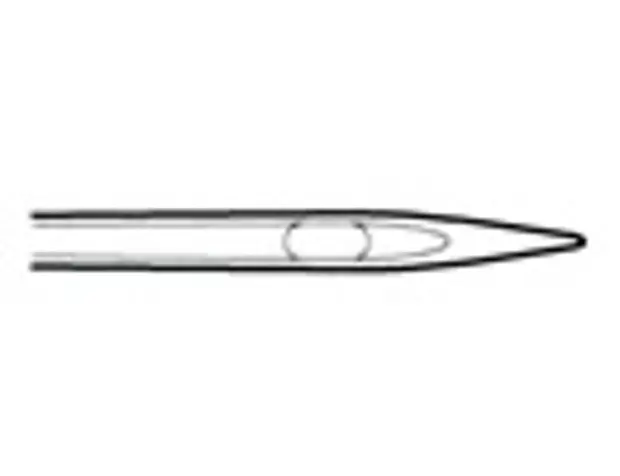
| Universal
| 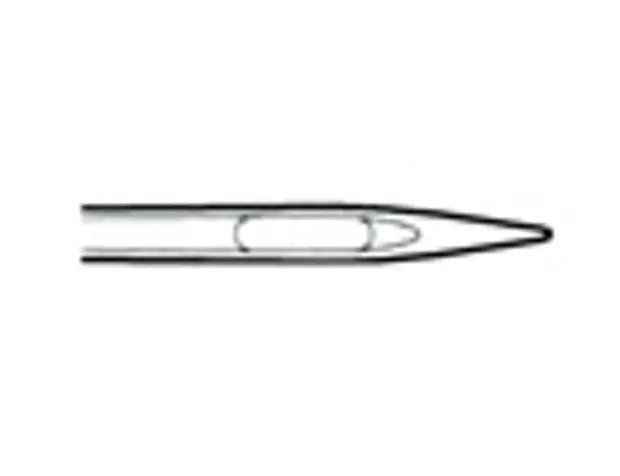
| Metaphyl
|
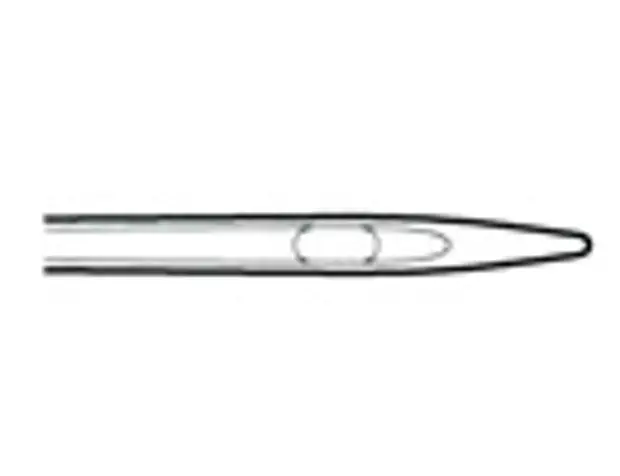
| Jersey / Stretch
| 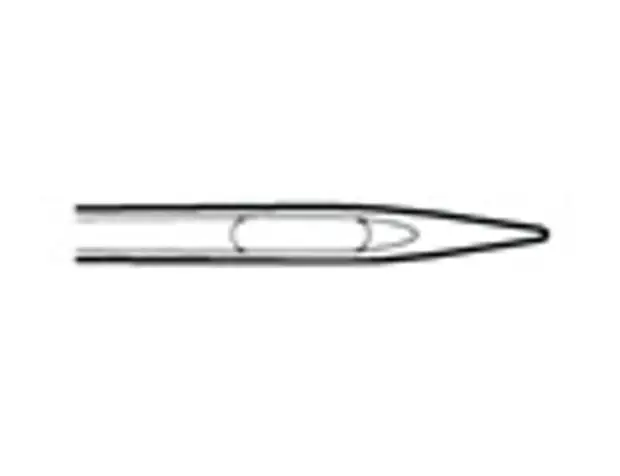
| Cordonnet (Sanding)
|
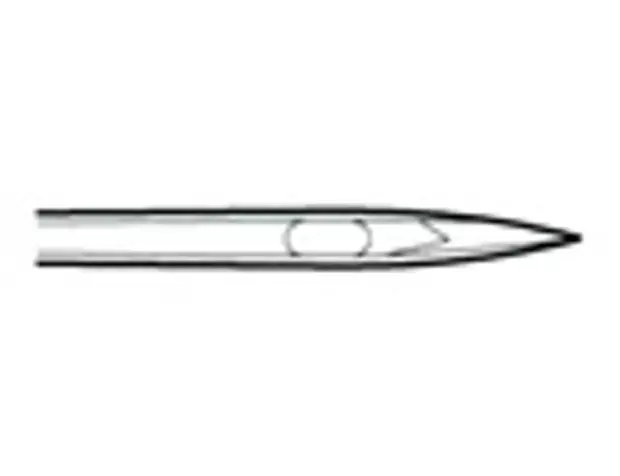
| For skin
| 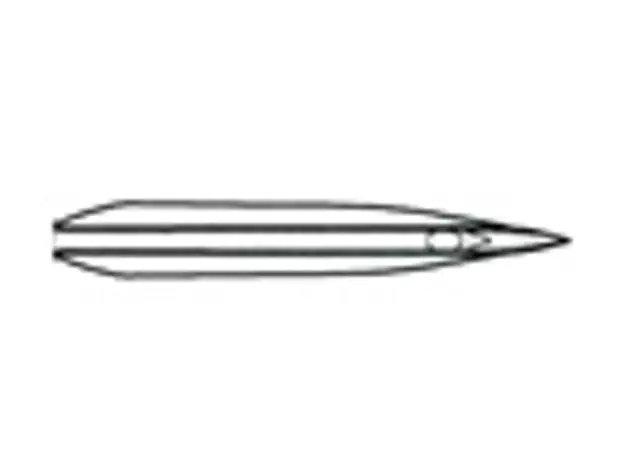
| Meso-shaped
|
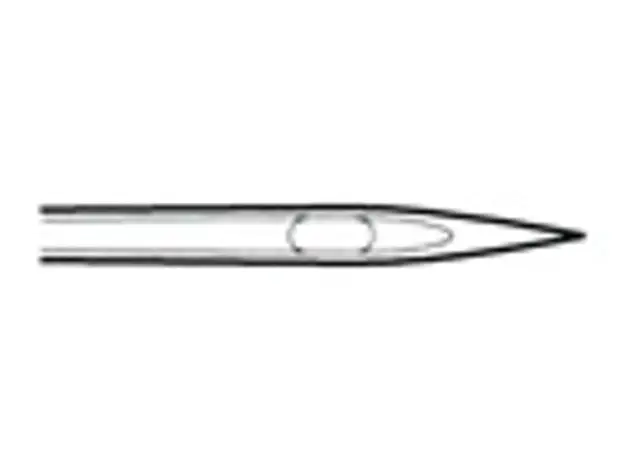
| Denim
| 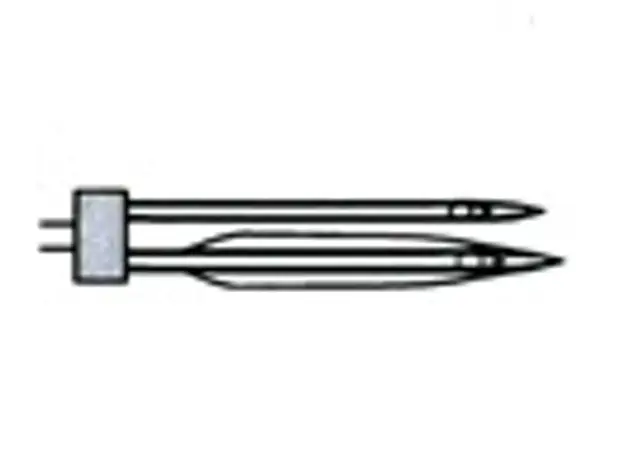
| Two-sided meso-shaped
|
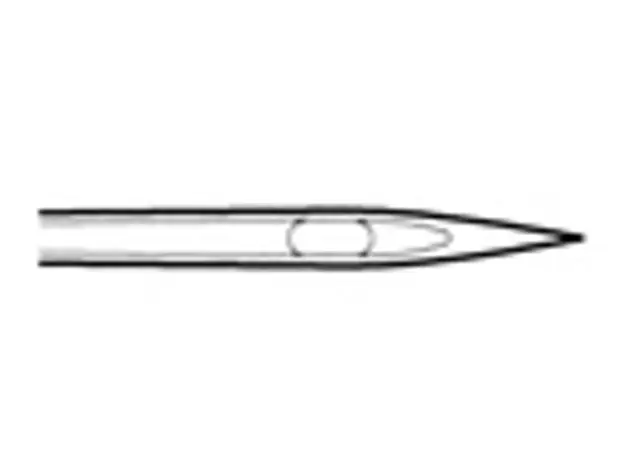
| Microtex
| 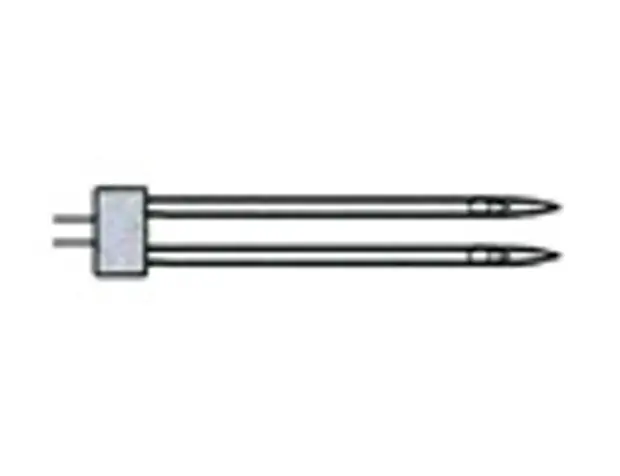
| Two-barrel
|
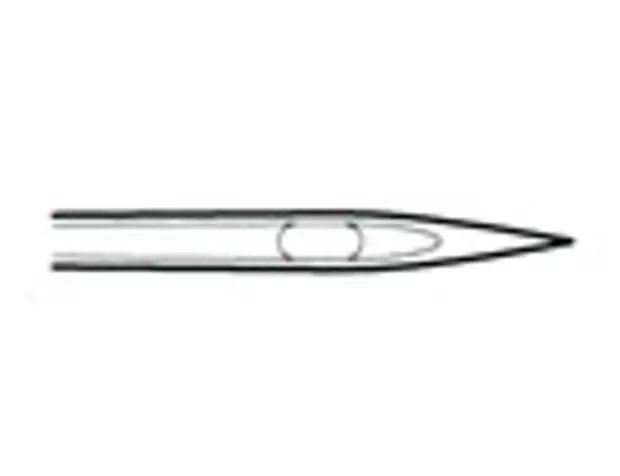
| Quilting
| 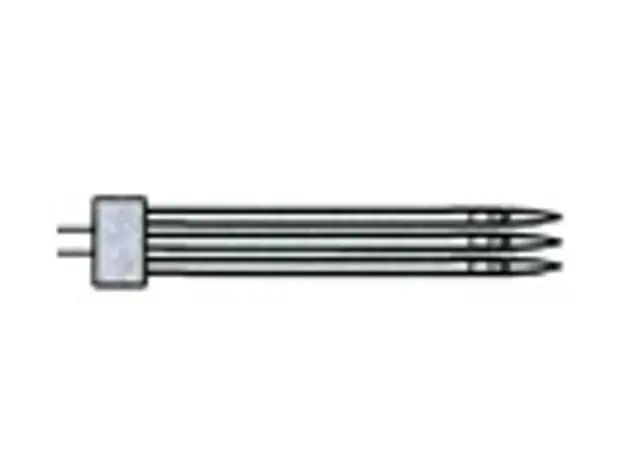
| Tripterzhnevaya
|
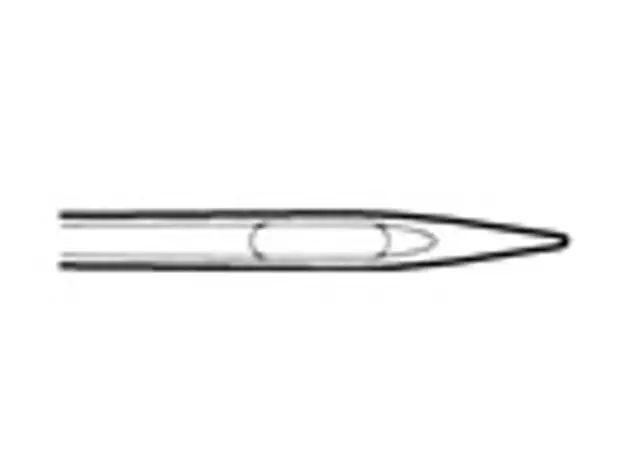
| Embroidery
|
